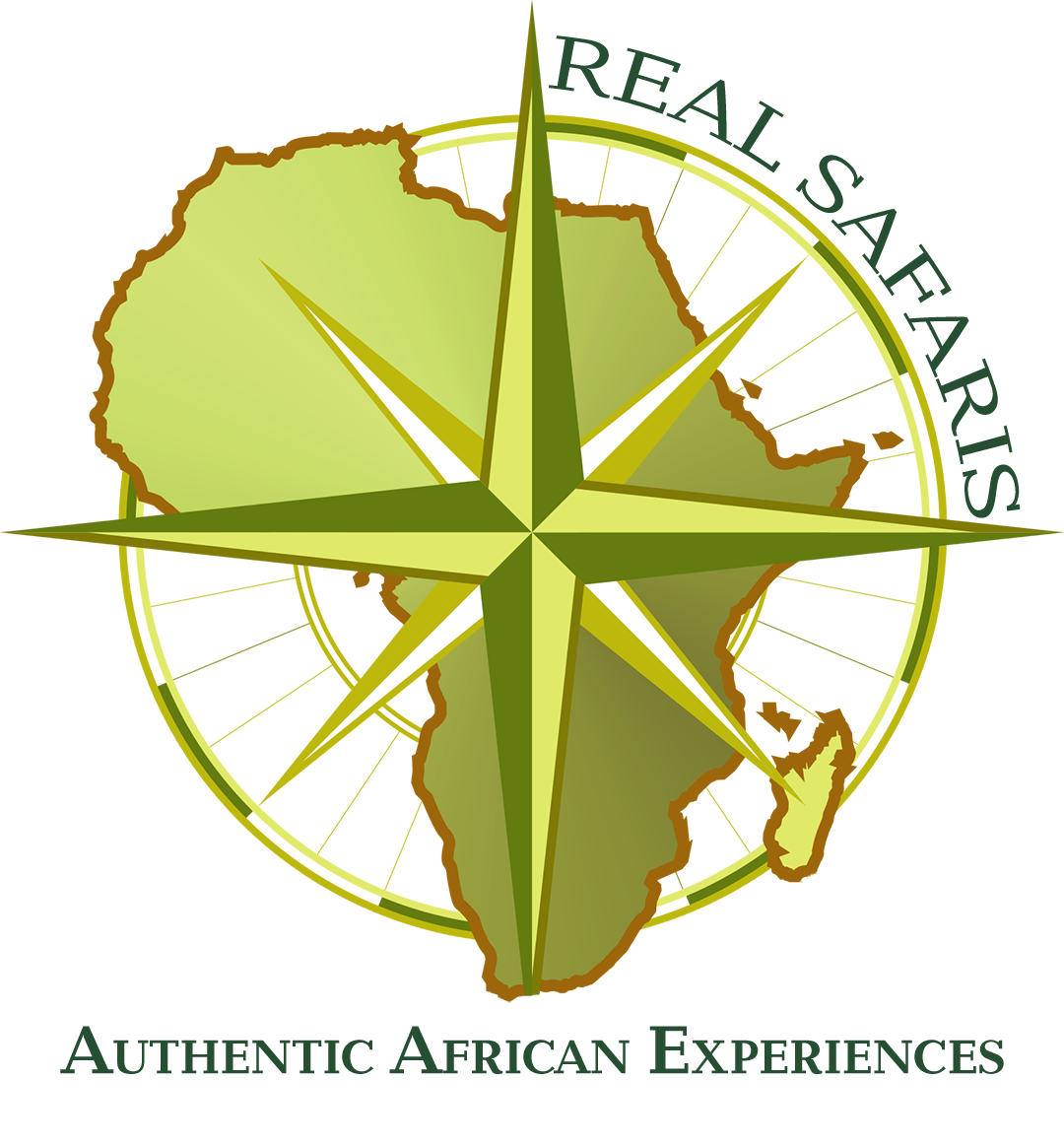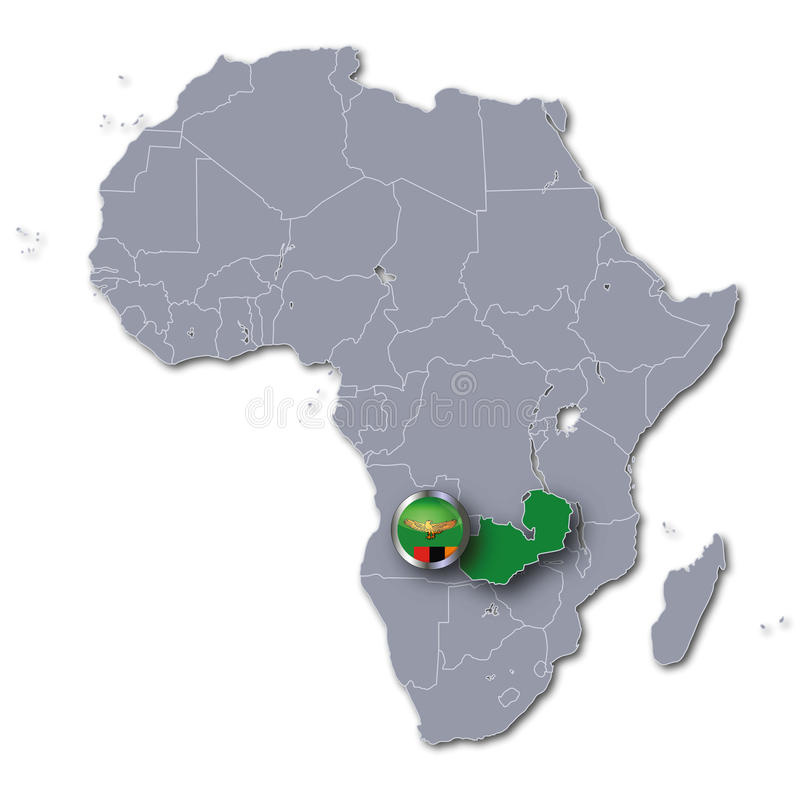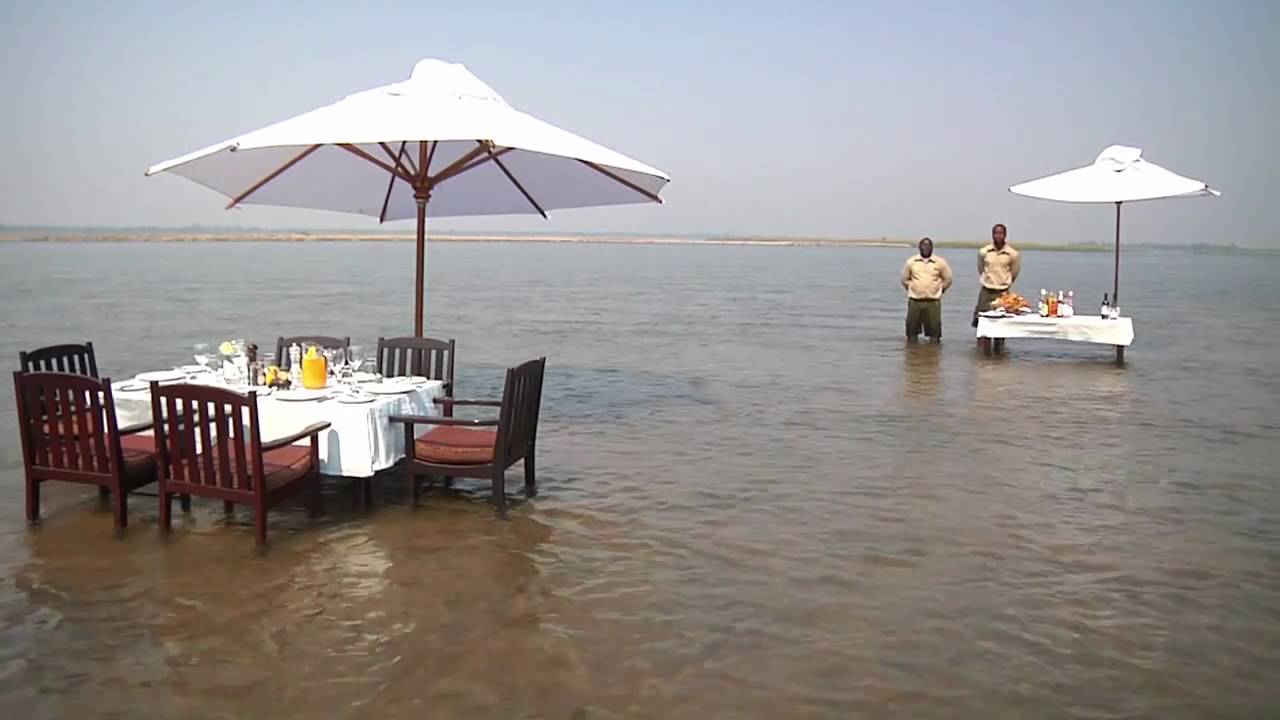ZAMBIA
Zambia is Stanley and Livingstone and is one of the most diverse safari countries of Africa. Go on a walking safari with the best guides of Africa, enjoy a luxury Zambezi cruise or enjoy the breathtaking scenery fom the veranda of your stunning lodge.
ZAMBIA
Zambia, in the heart of Africa, is breathtakingly beautiful. Although not entirely unique to Zambia, the country stands apart from others in the region in that the majority of its lodges and bush camps are owner-run. This tends to create a more personal experience – a homely kind of service that draws people back again and again. There are a number of luxury lodges to choose from, but also a good selection of smaller, eco-conscious operators. These offer low-density tourism at a slight premium, but with the benefit of having the spectacular, remote wilderness almost entirely to yourself. Private, exclusive-use houses can also be found, stunningly situated in pristine, isolated areas and complete with cooks, carers and expert guides. Going to Zambia means traveling back in time to the Africa as it once was. Zambia is the real Africa – off the beaten track and exclusive. All lodges are small scale and all offer fantastic service. Zambia is a bird lover’s paradise and a fantastic location for those who would like to take a walking safari or do a safari by boat. Zambia also gives the opportunity to easily combine a safari in neighboring Botswana or Zimbabwe.
WHEN TO GO TO ZAMBIA
Zambia has a moderate to sub-tropical climate with three distinct seasons: from November to March is the Emerald, or the rainy season, April to July is Zambia’s winter, when the weather is cool and dry, and August to October is summer, when the weather is hot and dry. The Dry Season does what the name sais: it sees no rain, and the skies are clear. The temperatures drop at night, but the landscape is green and lush. In terms of game-viewing, the drier months, meaning a higher concentration of game at the permanent water sources, are a superb time to visit. Alternatively, come for some superb bird-watching at the end of the rains. The Hot season from September to November is the best time to see wildlife as flora is sparse. During the day, it can get very hot in South Luangwa and Lower Zambezi. September is the best time for a trip to see Victoria Falls. The water levels are low, the spray doesn’t block the view and the view points are clear. Game viewing is at its best because there is less vegetation. The Wet season is from November to April is ideal for bird-watching. It is also the season when calves are born. Due to tall vegetation, wildlife is more difficult to spot.
Rains come mostly in the form of short showers late in the afternoon, but the dirt roads become impassable. This is when most camps close down.
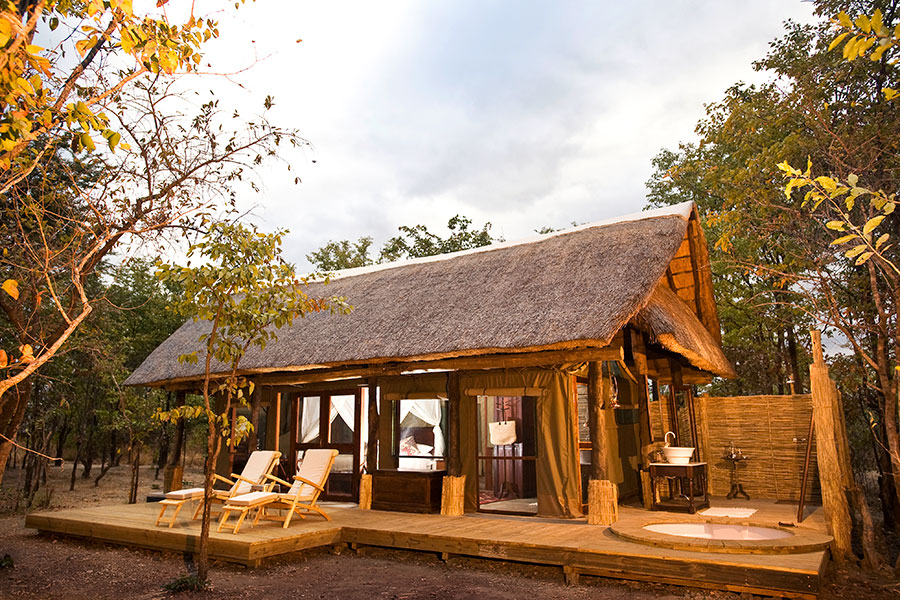
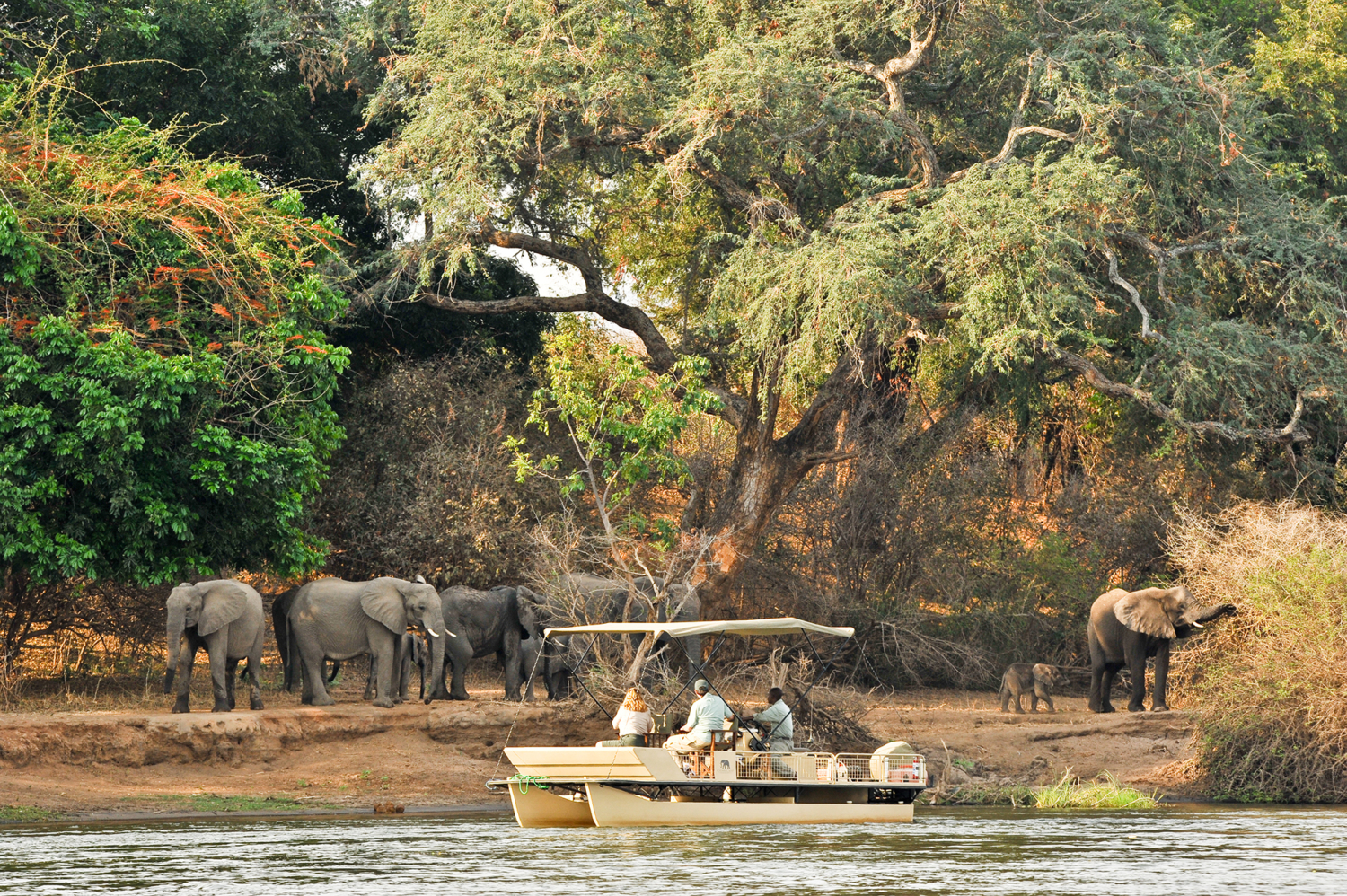
HIGHLIGHTS
Lower Zambezi
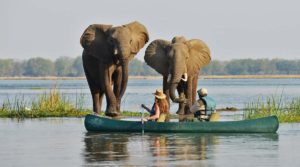
Lower Zambezi National Park is one of Zambia’s premier wildlife destinations, certainly in the top three with South Luangwa and Kafue. Ravaged by poaching in the 1980s, the park has since recovered well, though tragically the rhino population was wiped out completely. Wildlife viewing is best along the rivers, which border the park on three sides. The Zambezi River itself is the region’s main source of water and the major attraction, both for visitors and game. There are no campsites at all inside the park and all the lodges and tented camps are mid-range to luxury. Lower Zambezi National Park is one of Zambia’s premier wildlife destinations, certainly in the top three with South Luangwa and Kafue. Ravaged by poaching in the 1980s, the park has since recovered well, though tragically the rhino population was wiped out completely. Wildlife viewing is best along the rivers, which border the park on three sides. The Zambezi River itself is the region’s main source of water and the major attraction, both for visitors and game. There are no campsites at all inside the park and all the lodges and tented camps are mid-range to luxury. May to November is the best time to visit the Lower Zambezi, and the prime game-viewing season begins in June. October and November can get extremely hot, however, with daytime temperatures well over 40°C. Once the rains begin – usually by mid-November – most camps inside the park close.
Kafue
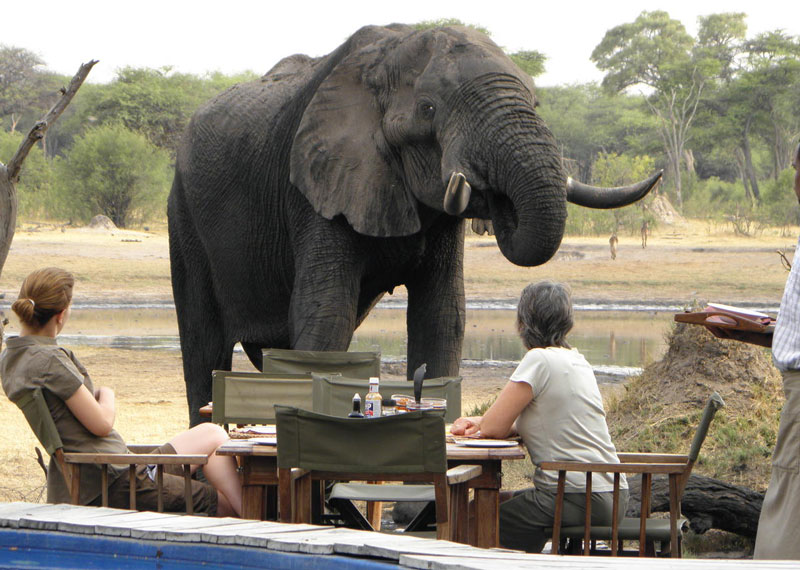
Kafue National Park is Zambia’s largest wildlife reserve and also one of the biggest in Africa. It covers more than 22000km² (2500km2 more than South Africa’s Kruger National Park), and the terrain varies significantly from north to south. The park’s top third is separated by the M9 highway and this northern section is defined by rivers, large and small. Seasonal floodplains and far-reaching, wildlife-rich wetlands dominate northern Kafue and as the Kafue River flows south, the surrounding area becomes increasingly drier. Large sections of Kalahari wood- and grassland make southern Kafue a perfect home to ever-growing populations of plains game as well as the park’s largest concentrations of elephant. Kafue National Park is Zambia’s largest wildlife reserve and also one of the biggest in Africa. It covers more than 22000km² (2500km2 more than South Africa’s Kruger National Park), and the terrain varies significantly from north to south. The park’s top third is separated by the M9 highway and this northern section is defined by rivers, large and small. Seasonal floodplains and far-reaching, wildlife-rich wetlands dominate northern Kafue and as the Kafue River flows south, the surrounding area becomes increasingly drier. Large sections of Kalahari wood- and grassland make southern Kafue a perfect home to ever-growing populations of plains game as well as the park’s largest concentrations of elephant.
North and South Luangwa
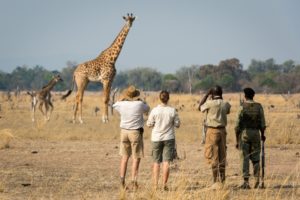
South Luangwa National Park is arguably the best wildlife-viewing destination in Zambia. It has a number of excellent lodges and tented camps, with more budget accommodation available just outside the park at Mfuwe Bridge. This Mfuwe section of the park gets relatively busy and can feel a bit touristy at times. The best options are further north along the Luangwa River, where there’s a mix of mid-range to luxury lodges and mobile camps, many open year-round. Both parks offer day and night guided game drives and some of the best walking safaris in Africa.Both South and North Luangwa are famous for their walking safaris, which are led by expert guides through some of Africa’s best game viewing territory. South Luangwa is home to a number of rare and endemic species including Thornicroft’s giraffe, Cookson’s wildebeest and Crawshay’s zebra, and there are plenty of elephant, buffalo, lion and, especially leopard. In late October, before the start of the rains, thousands of hippos gather in the Luangwa River’s deeper pools – an incredible spectacle as they jostle and fight for space. Unlike most of Zambia’s parks, many camps in South Luangwa stay open during the rainy season, with boat safaris the major attraction. As the Luangwa River breaks its banks, shallow-draft vessels can navigate into the flooded riverine groves, one of Zambia’s unique safari highlights.
Lake Kariba
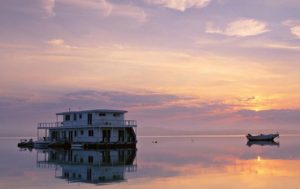
Lake Kariba is the world’s largest man-made dam by volume, extending over 5000km2 along Zambia’s southern border. Completed in 1959, the dam provides hydro-electric power to both Zambia and Zimbabwe, and fish stocks – mainly tilapia, kapenta and the prized tigerfish – are also shared. Access to the Zambian side the lake is fairly limited, with Sinazongwe or Siavonga the only two towns of any significance. Siavonga is the larger, a sleepy lakeside holiday village that’s popular with locals and only a few hours’ drive from Lusaka. Sinazongwe is much smaller and less developed, and most head to Siavonga as their base for exploring the lake.The Zambian side of the lake is far less wild compared with Zimbabwe and there are no game reserves anywhere along the northern shore. For wildlife, you’ll have to visit one of two large islands, Chete or Chikanka, both in the southwest and accessible from Sinazongwe. Chete is the larger of the two and guided game walks are possible. There’s a small population of elephants, some leopards and plenty of crocodiles, hippos and birds. Chikanka is privately owned, with a single, dedicated fishing lodge. It’s one of many fishing options on Lake Kariba, with tigerfish the most sought-after catch. Various expeditions can be arranged from Siavonga – from live-aboard houseboats to private motorboat trips and canoes. Siavonga is also right next to the dam wall and by flashing your passport you can walk out onto it, or catch a boat from Siavonga for a dam-wall cruise.
Victoria Falls
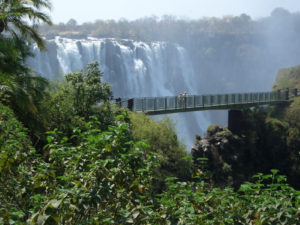
Arguably Africa’s most famous attraction, the 1.7km-wide Victoria Falls lives up to its hype, especially when viewed in full flow. At its peak between February and May, more than 550 million litres of water (enough to fill 220 Olympic-size swimming pools) spills into the Batoka Gorge every minute. The falls can be viewed from both Zambia and Zimbabwe, but Zambia tends to be quieter and more intimate. From August to December the flow may not reach the Zambian side at all, but daytrips into Zimbabwe can be easily arranged. Arguably Africa’s most famous attraction, the 1.7km-wide Victoria Falls lives up to its hype, especially when viewed in full flow. At its peak between February and May, more than 550 million litres of water (enough to fill 220 Olympic-size swimming pools) spills into the Batoka Gorge every minute. The falls can be viewed from both Zambia and Zimbabwe, but Zambia tends to be quieter and more intimate. From August to December the flow may not reach the Zambian side at all, but daytrips into Zimbabwe can be easily arranged. It’s difficult to recommend a best time to visit Victoria Falls. Swimming in the Devil’s Pool is only possible when the water level is low (from August to early January), and white-water rafting is also best during this period. On the other hand, peak flow is incredible to see. It’s these months, from February to May, that give the falls its local name: Mosi-oa-Tunya, ‘The Smoke That Thunders’. If you’re visiting during peak flow, take a raincoat and waterproof shoes (or flip flops). You’ll certainly get soaked it you don’t. Plastic ponchos are also available to rent at the park’s entrance and an extra one of these will help to shield your camera
Shiwa Ngandu
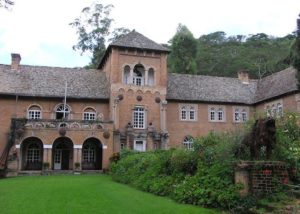 In 1911, a young British Officer, Stewart Gore-Brown, was appointed to the Anglo-Belgian Boundary Commission to determine the border between Northern Rhodesia and the Belgian Congo. He developed a great fondness for the surrounding countryside and determined that when his work was finished he would return and settle in this part of Africa. He was back in 1914 and set off on foot from Ndola on the Copperbelt with 30 carriers looking for a piece of land to buy.
In 1911, a young British Officer, Stewart Gore-Brown, was appointed to the Anglo-Belgian Boundary Commission to determine the border between Northern Rhodesia and the Belgian Congo. He developed a great fondness for the surrounding countryside and determined that when his work was finished he would return and settle in this part of Africa. He was back in 1914 and set off on foot from Ndola on the Copperbelt with 30 carriers looking for a piece of land to buy.
“We suddenly came upon what I thought was the most beautiful lake I had ever seen. I was surrounded by hilly country, and along its shores were groves of rare trees, of kind sacred to Africans. Friendly folk inhabited the one big village on the lakeshore and there were a dozen herds of different wild game. The surrounding land seemed to be reasonably fertile judging by the crops that were ripening there. I knew at once that I had found what I was looking for.”
Legend has it that the local tribe, having arrived from the Congo onto the north eastern plateau, came across a dead crocodile. They thought this an excellent omen and since the name for crocodile was Ng’andu, they called themselves Bena Ng’andu – ‘The people of the Royal Crocodile’ and settled around the Lake. The Lake became known as Ishiba Ng’andu – ‘The Lake of the Royal Crocodile.’
It’s an English manor house, set on the Shiwa Ng’andu estate, complete with red-brick gatehouse, clay-tiled roofed workers’ cottages, a long approach avenue, formal gardens, a lake, and even its own chapel. The house is an extraordinary testament to the determination of its founder, Sir Stewart Gore-Browne, and is filled with memorabilia and historical records.
The Manor House was built in 1925 by Sir Stewart Gore-Brown, following his extensive travels through Africa. After his death in 1967 the Shiwa Ng’andu estate was taken over by his daughter, Lorna, and her husband, John Harvey. Their untimely death in 1992, and lack of funds, led to the house and estate falling into disrepair until it was rescued in 1999 by their son, Charlie, and his wife, Jo. Together they have lovingly restored the house and the estate – including a working farm – to their former grandeur.
The Manor House has five bedrooms, four of them en suite. All are comfortable, but would be in need of some refurbishment if modern standards were the aim. The bathrooms, too, hark back to yesteryear, with plumbing to match! Each of the rooms has a fireplace, which is lit on cold evenings, and is decorated and furnished in period style, with some of the furniture dating back to when Sir Stewart lived in the house. (On our last visit, in April 2011, one of the rooms was being enlarged and updated, and we were told that the others rooms would be done over a period of time, as and when there were sufficient funds to do so.)
In the large, wooden-beamed lounge comfy sofas and armchairs are arranged around a white-painted brick fireplace with tightly packed bookshelves on either side. The sofas and chairs are replicas of the originals, which were damaged beyond repair. Family antiques are dotted around the room, the stone floors are covered with large Persian rugs, and the walls are hung with paintings of various Gore-Brown relatives dating back to the early 19th century.
On a large wooden side table, tea and coffee are available in the morning and afternoon, with freshly baked cake laid out each afternoon. On our first afternoon we had a delicious lemon cake, and on the second there was lovely warm banana bread. We were told that if anything needed refilling, to go to the kitchen and ask: a sign from Jo to make ourselves at home!
Double doors lead out from the lounge onto a covered veranda, flanked by two large arched windows. On the opposite wall are three smaller arched windows looking out to the enclosed courtyard.
Most meals are taken in the dining room which is dominated by a large table. The red-painted cement floors are covered in Persian rugs, and the family crockery is displayed in a cupboard. It’s a very bright room, with three large arched windows framed by floor-to-ceiling red curtains looking out onto the garden. A fire is lit on cold winter evenings, creating a warm and sociable ambience. Meals are laid out on a long sideboard for guests to help themselves, although on warm summer days lunch may also be served in the garden.
Up the stone staircase is the library with polished wood floors covered by rugs, and a couple of sofas. Three walls are lined with bookshelves housing a fascinating range of books collected by Sir Stewart and other members of the family over the years. Doors lead out onto a stone balcony with views over the garden and down a terraced pathway to the old gatehouse. Adjacent to the library is Sir Stewart’s study, which now houses the archives that have been researched and painstakingly put together by Jo Harvey, a trained archaeologist.
The gardens at Shiwa Ng’andu are beautifully maintained with clipped lawns and a long terraced grass avenue leading from the house down to the original gatehouse, complete with a clock tower, and the lake in the distance. Brightly coloured bougainvillea, jacaranda and frangipani make this a colourful oasis in the African bush.
Activities at Shiwa Ng’andu vary. All overnight visitors have complete access to the estate, from the wildlife reserve and the lake to the extensive archives in the house and the day-to-day workings on the farm. Walks around the farm with Jo take in the vast chicken sheds for egg production, and the cattle and pigs that are reared for their milk and meat, or there’s a historical tour of the house, including a look at the archives. There is also a short 20-minute walk up to the family graves at the top of a hill, offering lovely views over the lake. Further afield is a longer walk up Nachipala Hill, which is a bit steep in places and takes about three hours. There are also forest walks along sandy tracks which can be taken unguided – you will be given a map of the various routes.
Game drives are available on the Shiwa Ng’andu reserve. It’s possible to see small herds of zebra, sitatunga and blue duiker and the birdlife here is prolific, with over 375 different species ranging from turaco, longclaw, green-headed sunbirds and barbets to vultures and many more.
Boat trips on the lake are guided by Charlie and allow you to see the many resident crocodiles and birdlife as well as amazing sunsets over the hills.
Shiwa has its own stables allowing horse rides of up to one-and-a-half hours for riders with limited riding experience. The cost of these is included for guests staying at the manor house. Longer rides for more experienced riders are available from the stables at Impandala House but these must be booked in advance.
Charlie and Jo Harvey have contributed much to the local community, offering jobs and homes for local people, both on the estate and in the surrounding area. They have rebuilt hospitals and schools and recreated employment for lots of people living in the area who rely on these services. It’s possible for guests at Shiwa to visit some of these community projects, which include the local school, church and clinic.
Our favorite places in ZAMBIA
WATCH THE VIDEO
WHAT ARE YOU WAITING FOR?
Contact us if you’re ready to book your safari or to get additional information.

